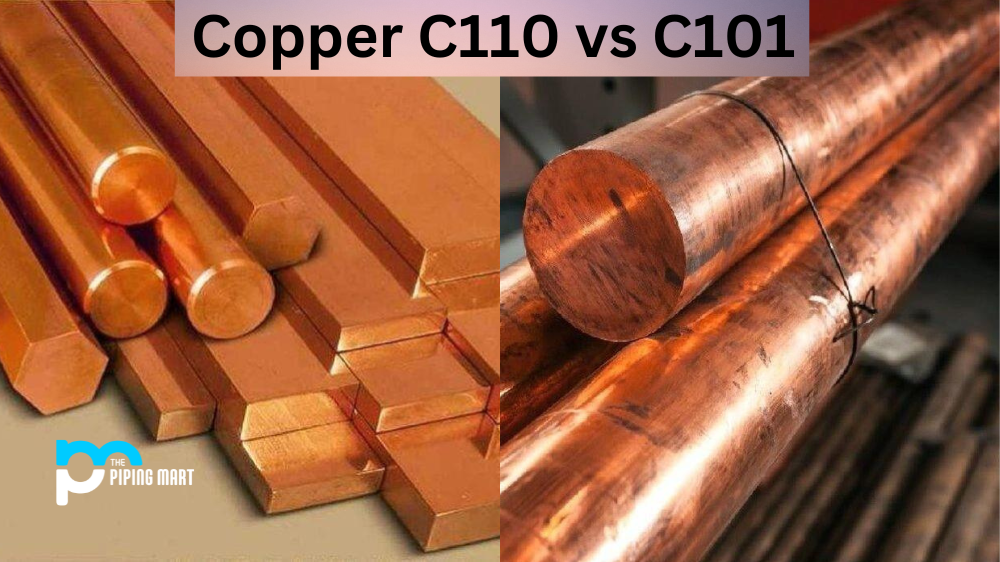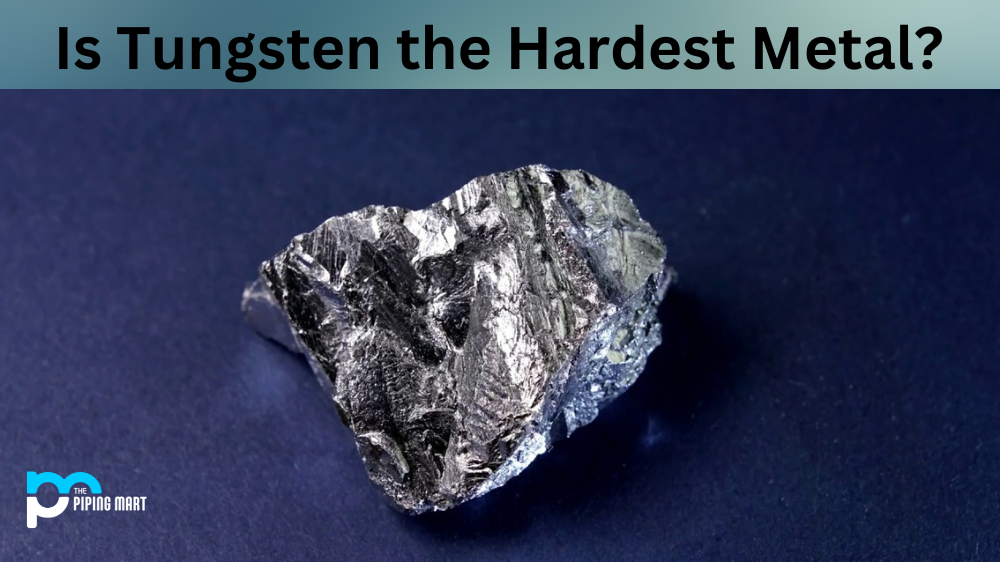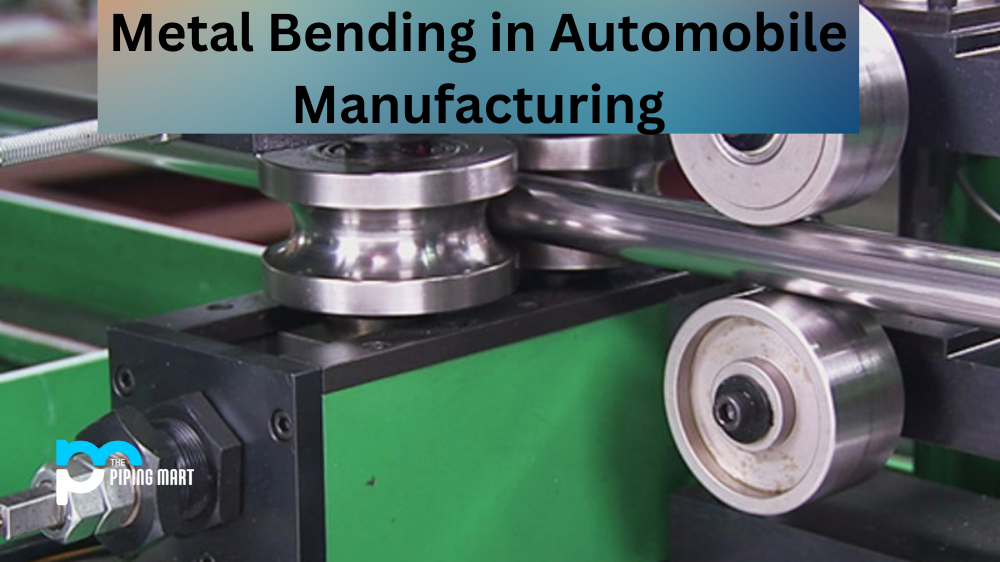Copper is a crucial metal in the electrical and industrial fields due to its excellent electrical conductivity, high thermal conductivity, corrosion resistance, and machinability properties. There are different grades of copper, including C110 and C101, which are common in various applications.
Regardless of their similarities, there are significant differences between C110 and C101 copper grades regarding composition, properties, and uses. This post seeks to help you understand the differences between copper C110 and C101 and guide you on which is better suited for your specific application.
What is Copper Grade C110?
Known as Electrolytic Tough Pitch (ETP) copper, C110 is the purest form of copper grade, with a minimum copper content of 99.9%. The main alloying element of C110 is oxygen, providing excellent electrical conductivity, corrosion resistance, and malleability properties. C110 copper is reddish-golden, making it an ideal choice for decorative items where aesthetics matter. It is often used in electrical wiring, transformers, motors, and busbars, where high electrical conductivity is paramount.
What is Copper Grade C101?
Commonly called Oxygen-Free Electronic (OFE) copper, C101 is the purest copper with a minimum copper content of 99.99%. It has no oxygen in its composition, making it more suitable for high-temperature applications where oxidation could negatively affect its properties. C101 copper has excellent electrical conductivity and is used in electronic industries, including antennae, microwave tubes, vacuum seals, and waveguide tubes. C101 copper has better ductility, formability, and weldability properties than C110, making it more suitable for fabrication processes.
Difference Between Copper Grade C110 and C101 Properties
The main difference between the two copper grades is the oxygen content. While C110 copper has a low oxygen content, C101 copper is entirely free of oxygen in its composition. The lack of oxygen in C101 copper gives it better thermal conductivity, while the presence of oxygen in C110 improves its electrical conductivity. C101 copper is more suitable for high-temperature applications, while C110 copper is ideal for environments with electrical conductivity. C110 is more corrosion-resistant than C101 copper, thanks to its higher oxygen content.
Uses
Given their different properties, both copper grades have specific applications. C110 copper is widely used in electrical and electronic industries, including wiring, electrical contacts, and busbars, because of its excellent electrical conductivity and corrosion-resistant properties. On the other hand, C101 copper is ideal for high-temperature applications in the aerospace, defence, and electronic industries.
Conclusion
In conclusion, understanding the differences between copper C110 and C101 is crucial when selecting the right copper grade for your application. While copper C110 provides excellent electrical conductivity, corrosion resistance, and machinability properties, C101 provides better thermal conductivity, ductility, and formability properties. You can choose the appropriate copper grade that meets your requirements, depending on your application.
We hope this post has helped you discern the differences between copper C110 and C101. If you need further assistance selecting the right copper material, don’t hesitate to contact us for help.

Hey, I’m Krutik, a casual blogger expert in the metal industry. I am passionate about providing valuable information to my readers. With a background in engineering and construction, I like playing Cricket & watching Netflix shows in my free time. Thank you for visiting my blog, and I hope you find my information helpful!




